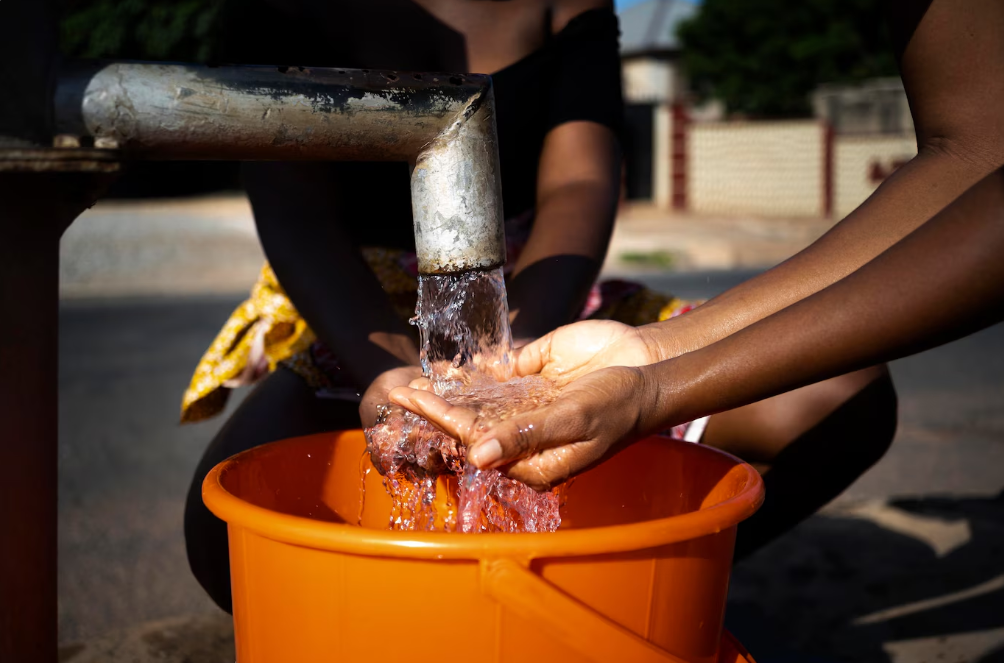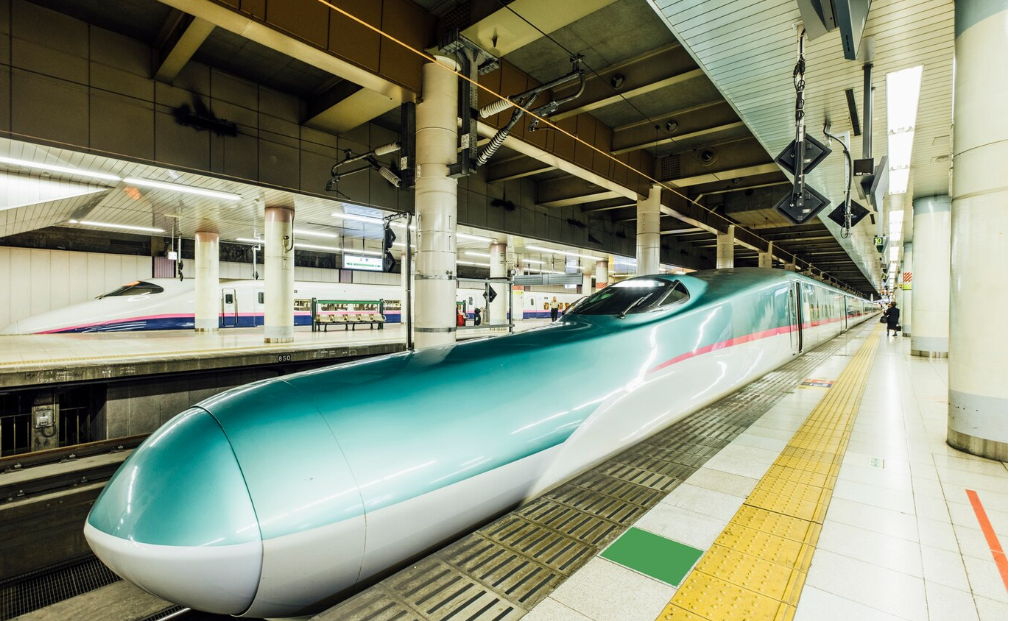Despite being blessed with 286 billion cubic meters of renewable freshwater annually, Nigeria is facing a worsening water crisis, with a new study pointing to poor governance, climate change, and infrastructural decay as the core drivers of this alarming situation.
The report, released by the Nigeria Integrated Water Resources Management Commission in collaboration with international development partners, reveals that only 1% of the country’s available freshwater is sustainably harnessed for domestic, agricultural, and industrial use. The findings raise urgent questions about long-term water security in Africa’s most populous nation.
A Crisis Amidst Abundance
Nigeria’s freshwater potential fed by rivers like the Niger and Benue, as well as major aquifers and rainfall—should be sufficient to meet national needs. However, lack of investment in water infrastructure, inefficient resource management, and rapid population growth have contributed to a severe supply-demand imbalance.
According to the Federal Ministry of Water Resources, 60 million Nigerians lack access to safe drinking water, while 80% of wastewater is discharged untreated into the environment, contaminating already scarce supplies.
“We are water-rich but functionally water-poor,” said Dr. Bashir Magashi, a water policy expert at the University of Abuja. “Our failure to develop and maintain infrastructure, enforce regulations, and adapt to climate shocks has turned a natural advantage into a national emergency.”
Climate Change and the Sahel Effect
Climate change is exacerbating Nigeria’s water woes, particularly in the northern regions, where desertification and erratic rainfall are reducing groundwater recharge and drying up traditional water sources.
States like Kano, Katsina, Borno, and Yobe are increasingly facing seasonal water shortages, undermining agriculture and sparking migration and conflict. In southern Nigeria, rising sea levels and flooding are also contaminating freshwater sources through saltwater intrusion.
The United Nations Children’s Fund (UNICEF) has warned that Nigeria is one of the global hotspots where children are at extreme risk due to poor water, sanitation, and hygiene (WASH) services, contributing to high child mortality and stunted development.
Governance and Infrastructure Breakdown
Nigeria’s water management sector is fragmented across multiple ministries, parastatals, and state agencies, often operating without coordination or transparency. Corruption, policy inconsistency, and underfunding have stalled efforts like the National Water Resources Bill, which has faced legislative delays and public mistrust.
The report highlights that many water treatment plants operate below 40% capacity, while aging pipelines and boreholes frequently break down, leading to service gaps in both urban and rural communities.
The Way Forward
Experts are calling for an urgent national water reform agenda that emphasizes:
-
Decentralized management through community-based water associations.
-
Public-private partnerships to invest in infrastructure upgrades.
-
Climate-adaptive water harvesting and storage solutions, especially in arid zones.
-
Revival and passage of the National Water Resources Bill, with inclusive stakeholder engagement.
In addition, increasing the sustainable utilization rate from 1% to even 10% could have a transformative impact on food security, health outcomes, and economic growth.
“Water is the backbone of every development goal—from education to energy,” said Mrs. Florence Itua, regional coordinator of the African Water Facility (AWF). “Until Nigeria fixes its water systems, we will continue to struggle across sectors.”
As Nigeria enters a period of heightened climate vulnerability, addressing the water crisis is no longer optional—it is essential to national survival. For continued updates on Nigeria’s environmental and infrastructure challenges, visit Xamblog.com.
Last Updated on June 10, 2025 by kingstar





